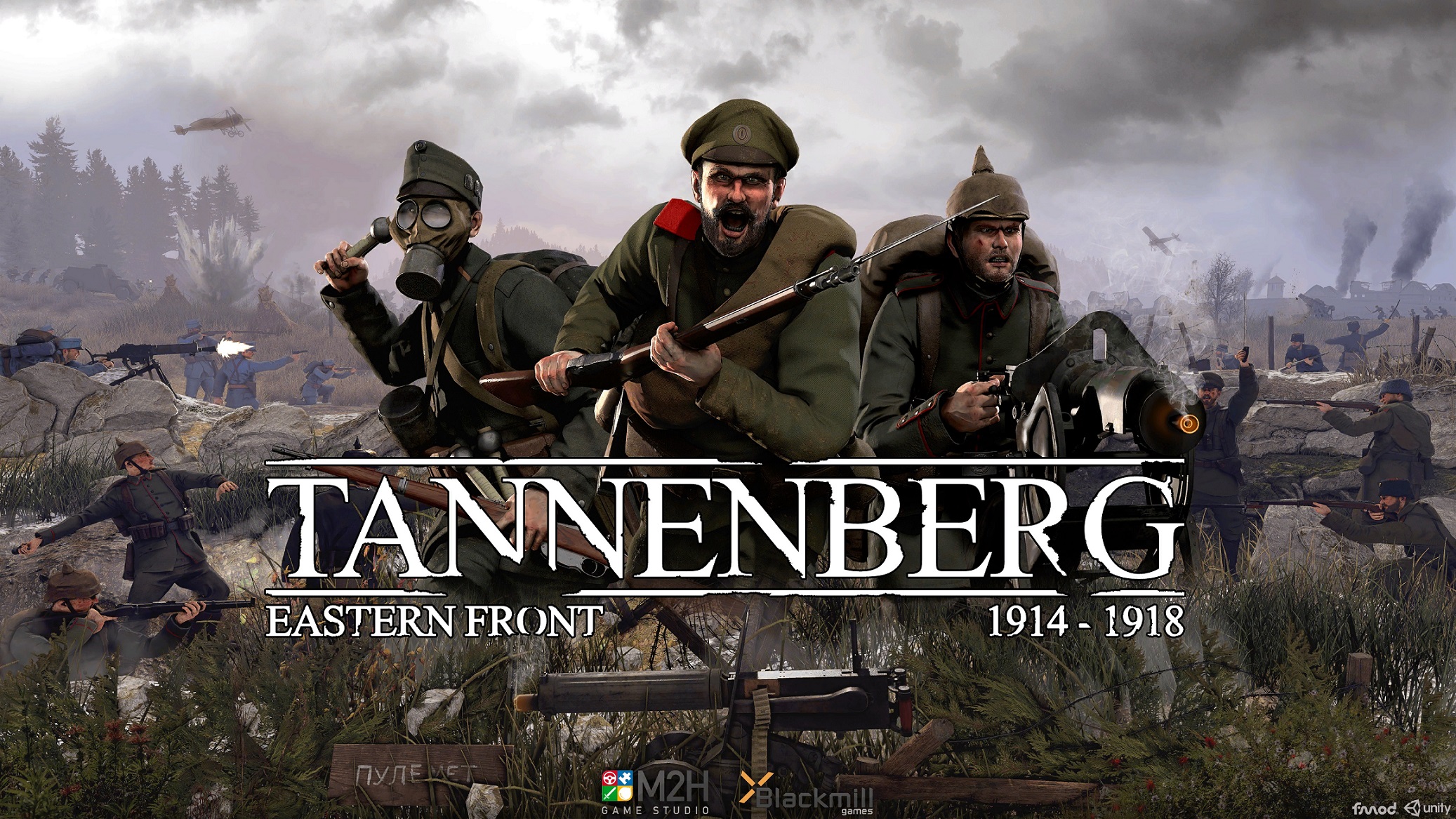


There were no other east-west transportation routes capable of sustaining troop movement on a large scale in the region. The primary transportation routes, the Narva–Tallinn highway and railway, ran on an east-west axis near and parallel to the coastline. The 45 kilometre wide strip of land was entirely bisected by the Narva River and had large areas of wilderness. On a strategic scale, a natural choke point was present between the northern shore of Lake Peipus and the Gulf of Finland.

The terrain of the Narva Isthmus is dominated by water and forests. The effect of the terrain on operations was one of channelization because of the swamps, only certain areas were suitable for large-scale troop movement. The bulk of the land in the region is forested and large swamps inundate areas of low elevation. The elevation above sea level rarely rises above 100 meters in the area and the land is cut by numerous waterways, including the Narva and Plyussa Rivers. Terrain played a significant role in operations around Narva. 4.3 Attempt to restore Estonian Government.2.2 Narva Offensives, 15–28 February and 1–4 March.1.7 Formation of Army Detachment "Narwa".1.6 Aims of the Estonian resistance movement.As a result of the tough defence of the German forces the Soviet war effort in the Baltic Sea region was hampered for seven and a half months. Stalin's main strategic goal - a quick recovery of Estonia as a base for air and seaborne attacks against Finland and an invasion of East Prussia - was not achieved. In the ensuing fierce Battle of Tannenberg Line, the German army group held its ground. The Soviet Narva Offensive (July 1944) led to the capture of the city forcing the German troops to retreat to their prepared Tannenberg Defence Line in the Sinimäed hills 16 kilometres from Narva. German counterattacks annihilated the bridgeheads to the north of Narva and reduced the bridgehead south of the town, stabilizing the front until July 1944. Subsequent attempts failed to expand their toehold. The Soviet units established a number of bridgeheads on the opposite bank of the river in February. By giving its support to the illegal German conscription call, the Estonian resistance movement had hoped to recreate a national army and restore the independence of the country.Īs a continuation of the Leningrad–Novgorod Offensive of January 1944, the Soviet Estonian operation pushed the front westward to the Narva River, aiming to destroy "Narwa" and to thrust deep into Estonia. A number of foreign volunteers and local Estonian conscripts participated in the battle as part of the German forces. Following Joseph Stalin's "Broad Front" strategy, these battles coincided with the Dnieper–Carpathian Offensive (December 1943 – April 1944) and the Lvov–Sandomierz Offensive (July–August 1944). The Soviet Kingisepp–Gdov Offensive and Narva Offensives ( 15–28 February, 1–4 March and 18–24 March) were part of the Red Army Winter Spring Campaign of 1944. The campaign took place in the northern section of the Eastern Front and consisted of two major phases: the Battle for Narva Bridgehead (February to July 1944) and the Battle of Tannenberg Line (July–August 1944). The Battle of Narva was a military campaign between the German Army Detachment "Narwa" and the Soviet Leningrad Front fought for possession of the strategically important Narva Isthmus on 2 February – 10 August 1944 during World War II. The "cost of nearly 500,000 men" is confirmed in the book Battle in the Baltics 1944–1945 by I. Deducting the losses in the operations of the Leningrad-Novgorod Offensive conducted elsewhere, the casualties in the battles in Finland and in the Baltic Offensive, Laar totals the numbers of Soviet losses in the Battle of Narva at approximately 100,000 dead or missing and 380,000 wounded or sick. Paulman, stating in his Ot Narvy do Syrve that the 2nd Shock Army lost over 30,000 troops at the Narva bridgeheads during February.

This is in accordance with the estimation of F. The share of the battles around Narva is unknown but considering the length of the operation, Laar accounts roughly half of the documented 56,564 dead or missing and the 170,876 wounded or sick in the Leningrad-Novgorod Offensive for the Battle of Narva. According to the data of the Stavka, the total casualties of the Leningrad Front in 1944 were 665,827 men, 145,102 of them dead or missing.


 0 kommentar(er)
0 kommentar(er)
